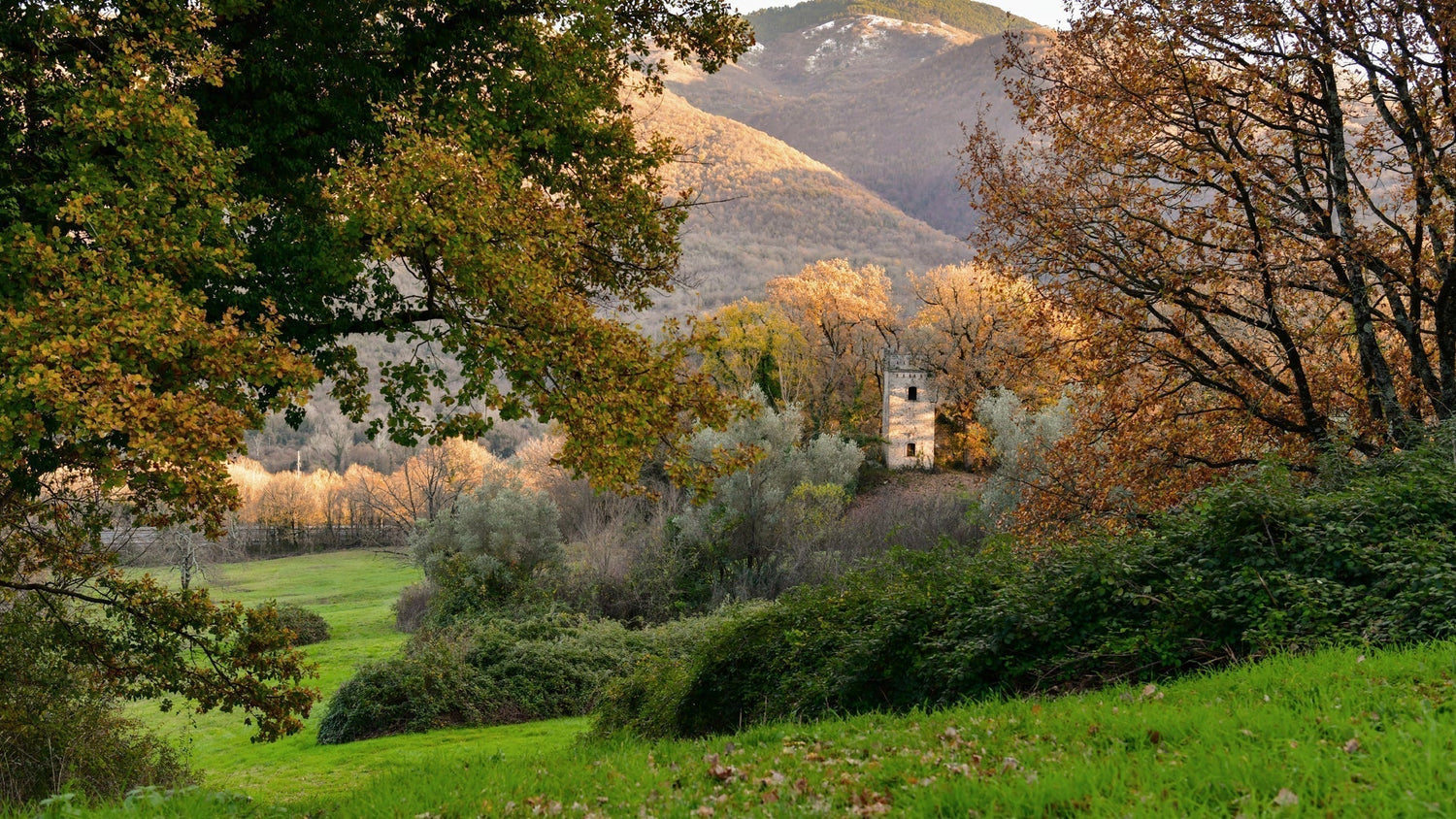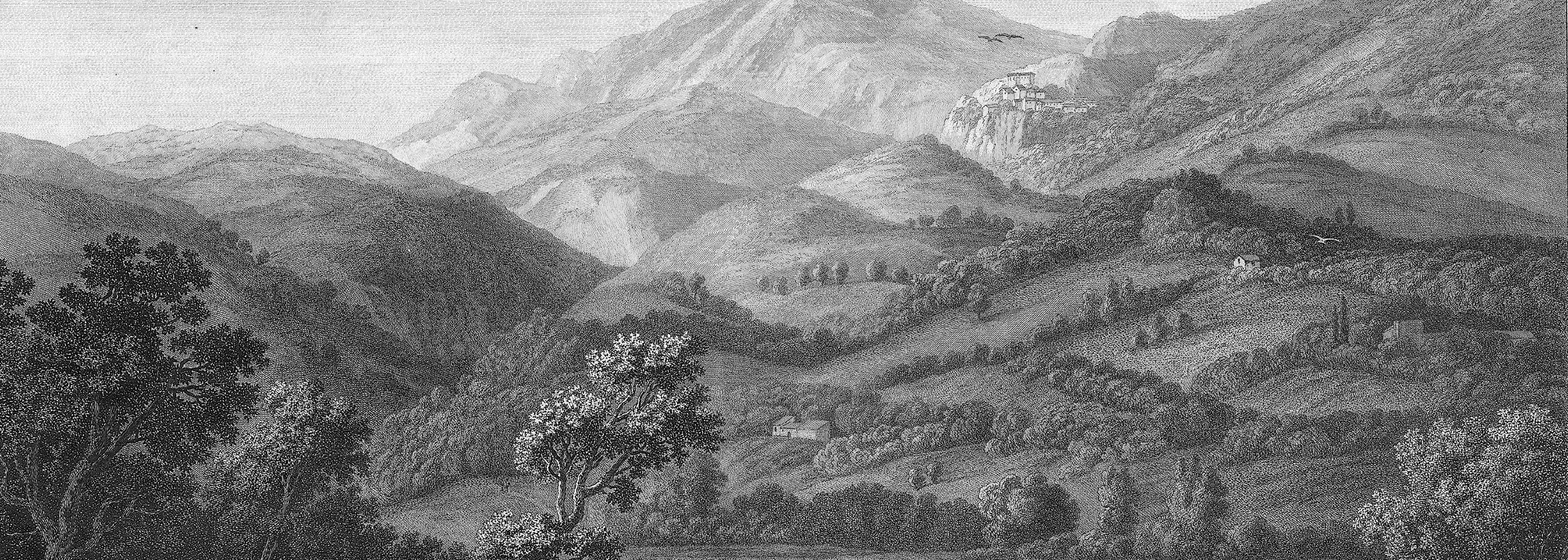Hackert's Landscapes - the Romantic Garden and the Bonaparte vision
In the heart of the Landscape Park around the Castle, there is an English garden that embodies the ideal of harmony between nature and art. This space, once the countryside of the summer villa of the Latin poet Horace, was celebrated by the German painter Jacob Phillip Hackert in the 18th century. Hackert reconized this landscape as the "ideal view", a perfect representation of rural beauty, without the need to modify the land artificially to make it look aesthetically romantic.
This vision respected the original conformation of the land, in contrast to the highly artificial gardens of the 18th century, often associated with the projects of Capability Brown. The intention was to enhance the spontaneous beauty of the place, transforming the park into an example of an "ideal" landscape, inspired by the gentle slopes of the Roman Campagna.

A European Movement and the American Connection
The Landscape movement, influenced by the painters Lorrain and Poussin, found in Mandela's surroundings a perfect example of ideal views to paint and draw. Hackert, with his conception of the ideal landscape, brought attention to the countryside around Horace's villa.
The Bonapartes' influence extended overseas. Joseph Bonaparte, Napoleon's brother, created one of the finest landscape gardens of the era in the United States, at Point Breeze near Philadelphia. This property, famous for its picturesque landscape and extensive art collection, was a cultural link between Europe and America.
Sustainability and tradition
An extraordinary aspect of the Mandela Landscape Park is the lack of irrigation. Situated on a hill overlooking the Aniene Valley, the park did not benefit from the waters of the river, which still feed the famous fountains of Villa d'Este and the waterfalls of Tivoli. The fields and pastures were deliberately left in their natural state, a choice that guaranteed the survival of the landscape without the use of water resources. This sustainable approach, rare for the time, has preserved the authenticity and beauty of a territory that continues to enchant those who visit it.
Walking among the oaks and historical remains of the Park you can understand the same harmony that inspired Hackert and fascinated Julie Bonaparte. An invitation to discover a timeless place; this was the landscape described in the poetry of Horace and considered by the painters since the 17th century as the ideal view to paint in Rome.


